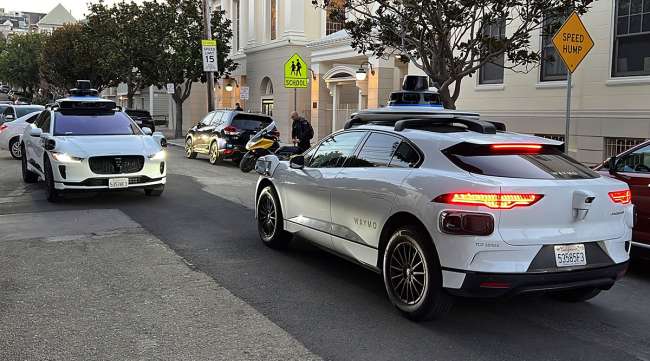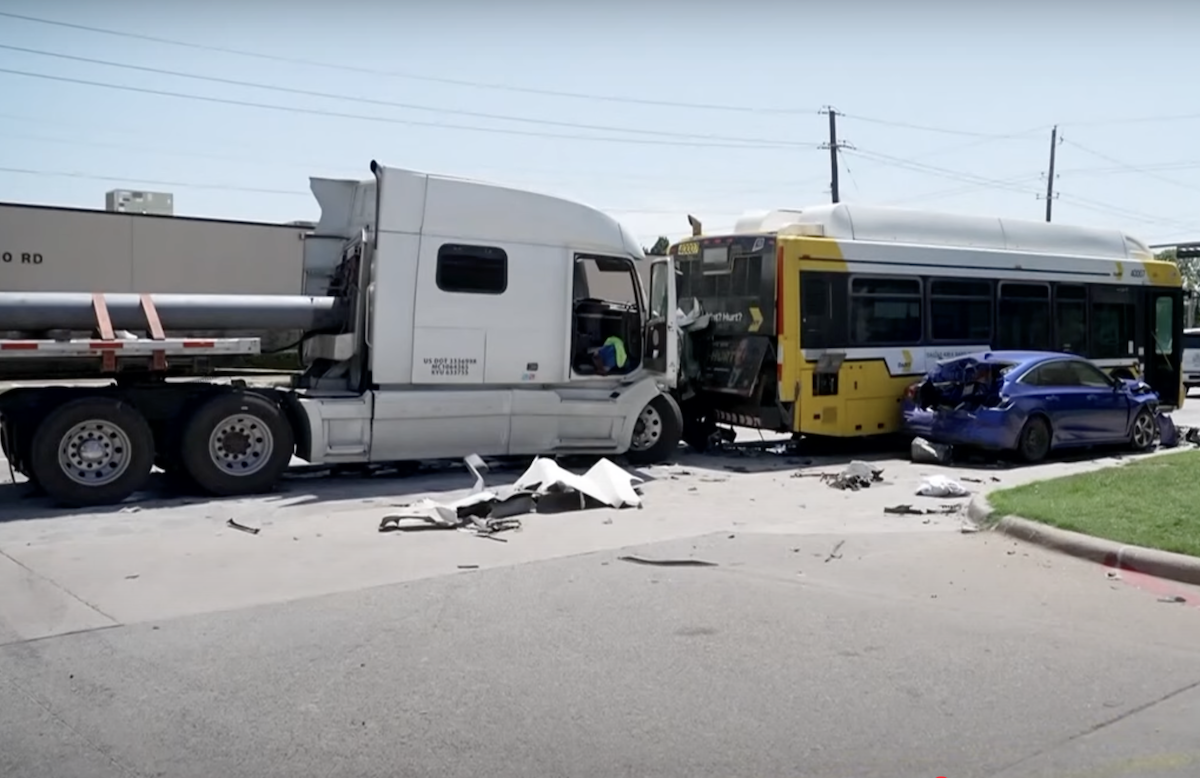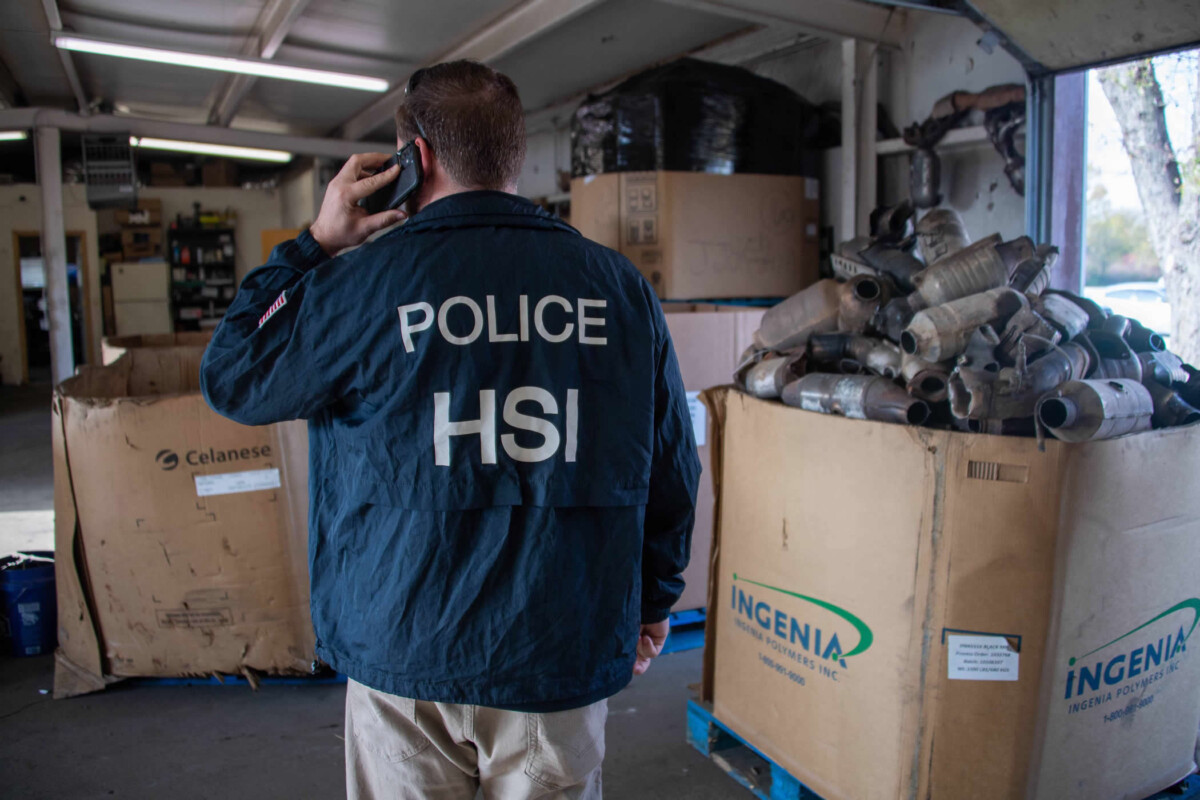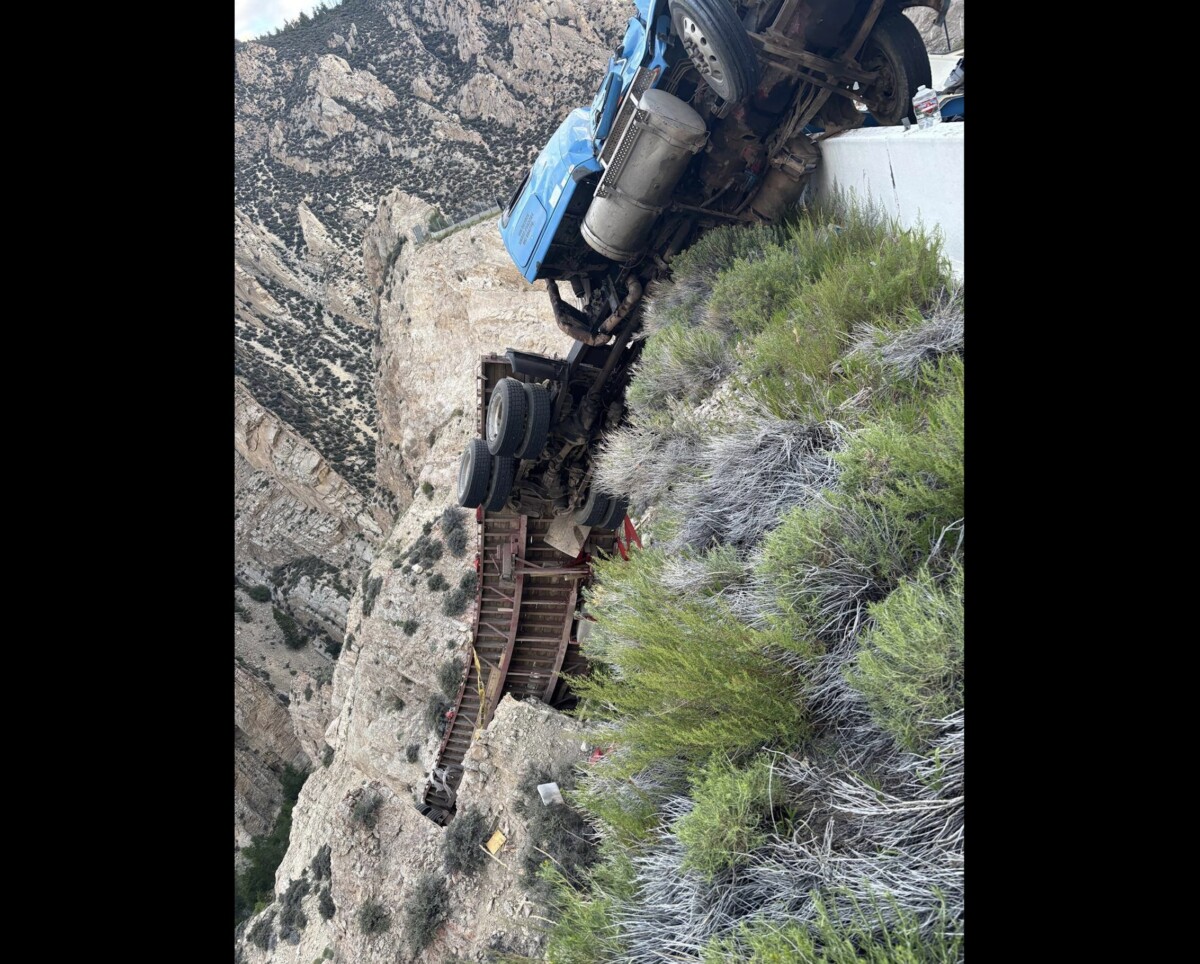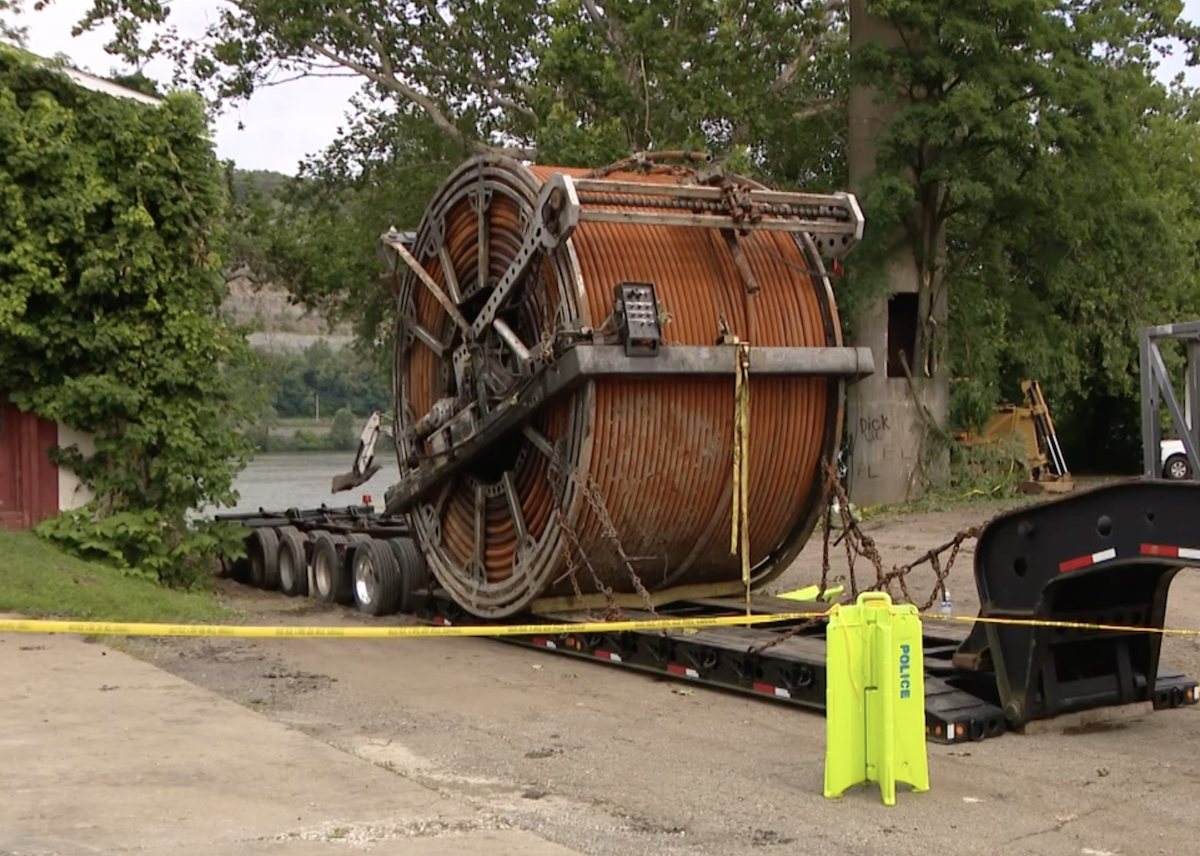Two Waymo driverless taxis stop before passing one another on a San Francisco street in 2023. (Terry Chea/Associated Press, File)
Waymo is seeking California’s permission to expand its footprint in the South Bay area near San Francisco, offering fared robotaxi rides throughout San Jose and along the peninsula.
A map included in the company’s updated passenger safety plan highlights the new territory in orange: a swath of unconquered land that enfolds the future San Jose Bay Area Rapid Transit line and the spaghetti tangle of Interstate 280. It stretches east to Alum Rock, south toward Morgan Hill and west to Skyline Boulevard.
The company filed its safety plan with the California Public Utilities Commission on March 26, and the public had until April 15 to comment. Business groups, politicians and at least one social service organization submitted letters of support.
RELATED: Waymo to Bring Its Driverless Taxis to Washington in 2026
“Autonomous vehicles are already being used daily by thousands of San Francisco residents and visitors,” wrote Emily Loper, vice president of public policy for the Bay Area Council, an association of major employers. She pointed out that self-driving technology has made roads safer and could potentially reduce carbon emissions, since Waymo’s fleet runs on electricity.

The area shaded in blue is where Waymo autonomous vehicles are operating right now in and around San Francisco, and the orange shaded area is where the company would like to expand to, which would include San Jose. (California Public Utilities Commission)
Another letter, from homelessness service provider LifeMoves, described Waymo as “a welcome resource for our community” because the cars provide transportation to jobs and are designed to follow traffic rules — making them less dangerous to destitute people who walk or bike as a primary mode of transportation.
In San Francisco, however, efforts to extend Waymo’s reach have provoked controversy. When Mayor Daniel Lurie recently opened a car-free stretch of Market Street to Waymo robotaxis, pedestrian and cycling advocates balked, saying the self-driving vehicles would cause congestion and undermine public transit.
By welcoming Waymo to Market Street, we’re adding another safe and sustainable way to access shopping, theaters, hotels, and restaurants.
This is about revitalizing downtown and making it easier for everyone, locals and visitors alike, to enjoy everything our city has to offer,… pic.twitter.com/d3WdbefrdH
— Daniel Lurie 丹尼爾·羅偉 (@DanielLurie) April 10, 2025
But a spokesperson for Waymo pushed back, asserting that autonomous ride-hails fill “mobility gaps for a diverse group of riders.”
“We believe mobility is a team sport,” the spokesperson said in a statement.
RELATED: Waymo’s Robotaxis Are Now Open to Anyone in Los Angeles
San Jose Mayor Matt Mahan underscored the potential economic impact of Waymo in a letter to the CPUC urging approval of South Bay service. He said the company has generated $40 million in “additional economic activity” since it began operating in the Bay Area in late 2022. Further, Mahan said, “89% of surveyed riders have expressed interest in using Waymo for airport transportation.”
California’s Department of Motor Vehicles granted Waymo’s request for the South Bay expansion on March 17. Officials at CPUC are currently weighing whether to allow the plan to move forward.

